Jack-Up Rigs
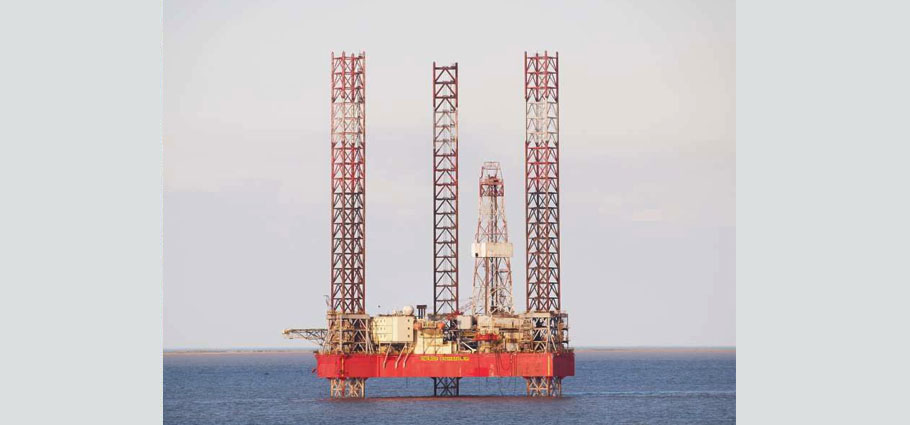
Energy Enhancer
Watertight Door Monitoring System
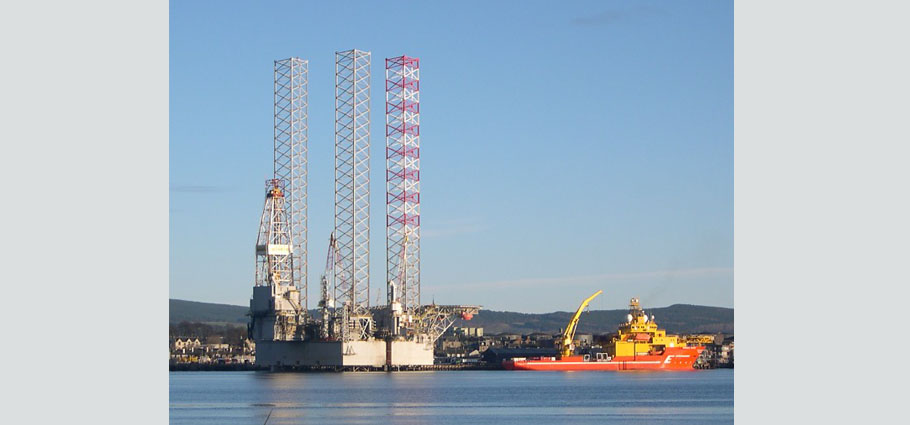
Galaxy III
Solar Marking/ Monitoring & RPD
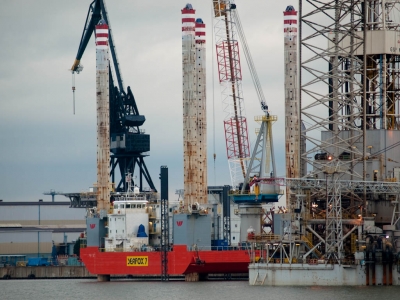
Magellan
RPD & Tank Gauging
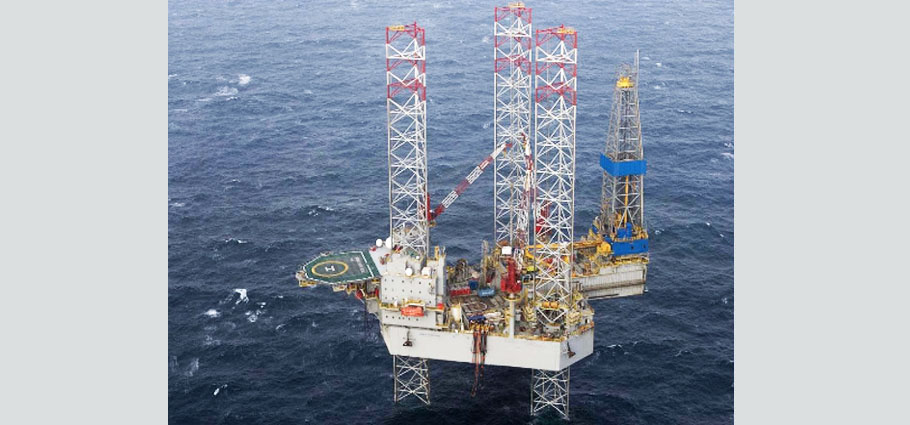
Noble Hans Duel
Bulk tank weighing system & Watertight door monitoring
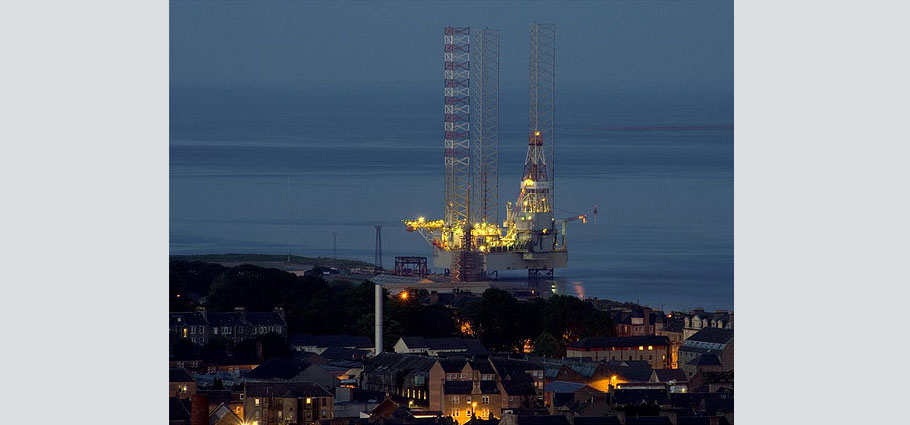
Galaxy II
Winch Monitoring, RPD & Tank Gauging
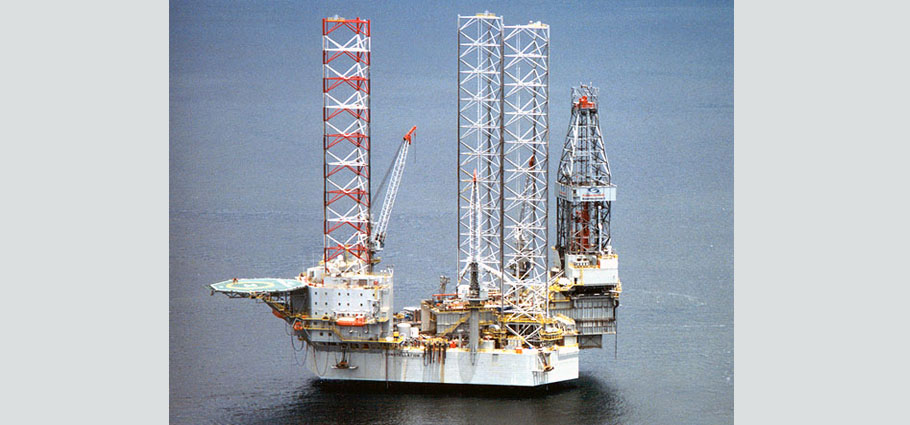
Constellation I
Winch Monitoring
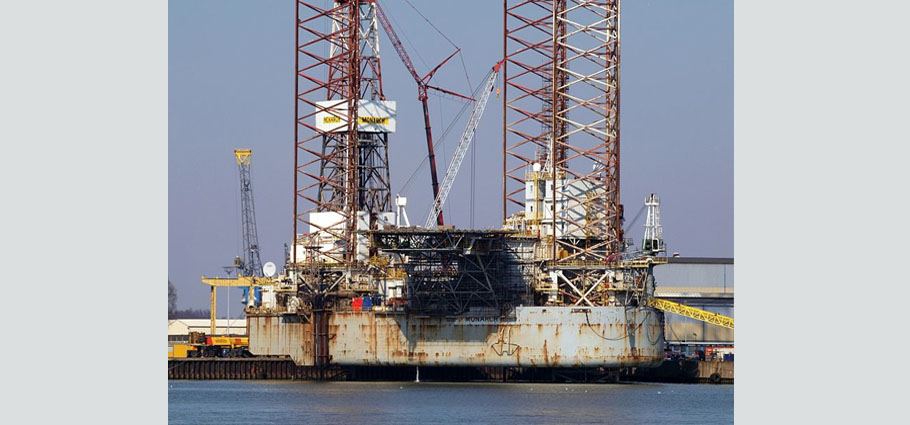
Monarch
Solar powered light station

Rowan Gorilla V
ESD Control Panel
CASE STUDIES: Monitor Systems Engineering specialise in the design and manufacture of safety, critical, operational instrumentation and monitoring systems for offshore jack-up rigs. Please (click) to browse some of our case studies below.
Recognised Industry Specialist: Monitor Systems Engineering has become a recognised specialist in control, handling and instrumentation monitoring systems for offshore jack-up rigs.
The company has built a significant reputation providing high quality customised and regular solutions for safe and hazardous working areas in the global oil and gas sector. Held in high regard for complex problem solving and the unique ability to provide reliable and workable monitoring and measurement solutions, the extensive industry experience, innovation and commitment of our technical and engineering teams has been fundamental to the company’s success and positioned Monitor Systems as the preferred vendor to an increasing number of leading drilling companies and rig owners.
General: A jack-up rig is a type of mobile platform that consists of a buoyant hull fitted with a number of movable legs, capable of raising its hull over the surface of the sea. The buoyant hull enables transportation of the unit and all attached machinery to a desired location. Once on location the hull is raised to the required elevation above the sea surface supported by the sea bed. The legs of such units may be designed to penetrate the sea bed, may be fitted with enlarged sections or footings, or may be attached to a bottom mat.
Jack-up rigs are used as exploratory drilling platforms and offshore and wind farm service platforms. Jack-up rigs have been the most popular and numerous of various mobile types of rigs in existence. There were over 500 Jackup 'Drilling' rigs in operation at the end of 2013.
Maneuvering the Jack-up Rig: A jack up rig is fitted with long support legs that can be raised or lowered. The jack up is maneuvered (self-propelled or by towing) into location with its legs up and the hull floating on the water. Upon arrival at the work location, the legs are jacked down onto the seafloor. Then "preloading" takes place, where the weight of the barge and additional ballast water are used to drive the legs securely into the sea bed so they will not penetrate further while operations are carried out. After preloading, the jacking system is used to raise the entire barge above the water to a predetermined height or "air gap", so that wave, tidal and current loading acts only on the relatively slender legs and not on the barge hull.
Modern jacking systems use a rack and pinion gear arrangement where the pinion gears are driven by hydraulic or electric motors and the rack is affixed to the legs.
Positioning the Legs of Jack-up Rigs: The Monitor Systems retrofit advanced M1000 RPD (Rack Phase Differential Monitoring (RPD) provides an extremely fit for purpose, automated, real time management tool for safely and speedily lowering and positioning the legs of jack-up rigs in all types of seabed terrain. M1000 RPD also provides the operator with the corrective action to be taken to solve problems identified by the system and includes a fail-safe monitor that automatically shuts down the jack-up process if the operator does not respond fast enough to a warning signal.
Jackup rigs can only be placed in relatively shallow waters, generally less than 120 metres of water. However, a specialized class of jackup rigs known as premium or ultra-premium jackups are known to have operational capability in water depths up to 190 meters.















